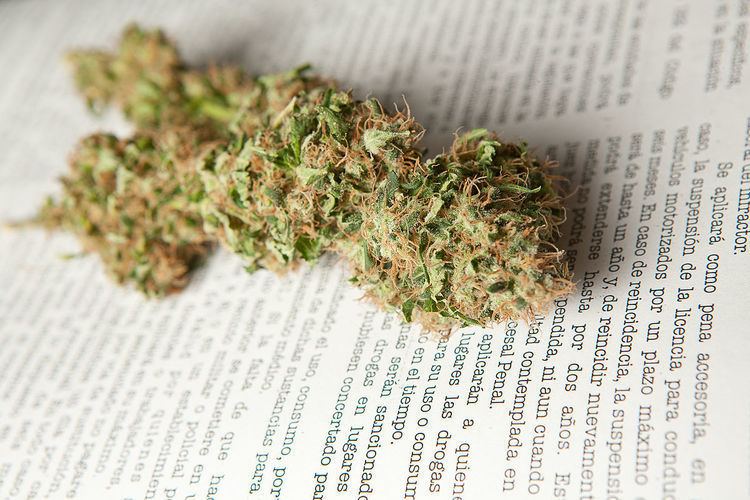 | ||
Cannabis in Chile is illegal for all production and public consumption, though private at-home consumption is allowed, but is widely consumed, with the highest per-capita use in Latin America. In 2014 Chile began clinical trials on medical marijuana, and in 2015 a decriminalization bill successfully passed the lower house of the Chilean Congress.
Contents
History
Cannabis has a long history in Chile, possibly the longest in the New World, as hemp production for fiber was introduced in the Quillota Valley as early as 1545, to support the army and shipping. Similar attempts were made in Peru, Colombia, and Mexico, but only in Chile did the crop find success.
In the 1940s, cannabis was used by American sailors in the brothels of the port towns of Antofagasta and Tocopilla. The expanding use of cannabis in Chile in the 1960-1970s was associated with its popularization by foreign sailors, and later by hippies arrived in Chile from the United States or other Latin American nations. By the early 1970s, a Ministry of Education report stated that 60% of Chilean high school students had tried cannabis.
Terminology
According to the Dictionary of Chilean Slang, terms used for cannabis in Chile include: marihuana, papelillo, volarse, cogoyo, paraguayo, and yerba.
Statistics
Chile also has an earlier than average age of first cannabis usage, at age 12 compared to the global average of 14-15.
Economy
While Chile has some local production, a large amount of its cannabis is imported from neighbors, particularly Paraguay and Peru.
Legality
The current overarching drug law of Chile is the 2005 Ley de drogas. Further, in 2008 Chile toughened its cannabis trafficking laws, with punishments equivalent to those for cocaine and heroin, in reaction to the increasing consumption and presence of imported Paraguayan cannabis. In 2012, Socialist Party senator Fulvio Rossi publicly admitted that he used cannabis, leading to some public outcry, while Rossi took the occasion to propose major changes to Chile's cannabis laws and policies.
Medical cannabis
In 2014, cultivators with federal permission began planting cannabis in Chile, including a location in Santiago to produce oil for cancer patients.
Decriminalization
A Chilean organization holds annual protests each April since 2005 in support legalization of small-scale cultivation and consumption.
In 2015, a bill allowing Chileans to grow up to six plants per home for "medical, recreational or spiritual reasons" passed the lower house of Congress, 68–39, and next goes to the Chilean Senate for vote.
